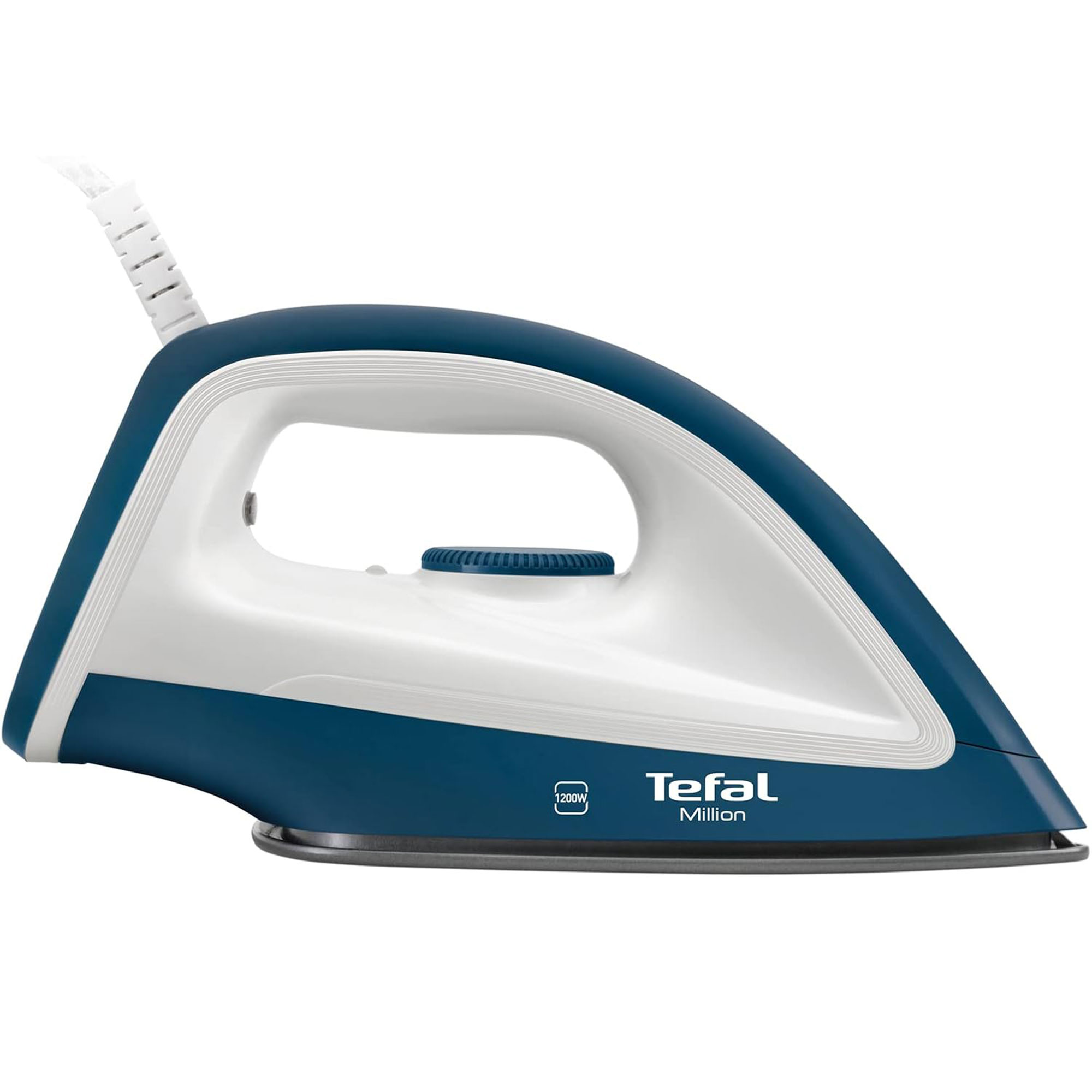Dry iron vs steam iron - experts explain the differences and benefits of each?
We weigh up the key differences between dry and steam irons, so you can decide which your laundry pile needs

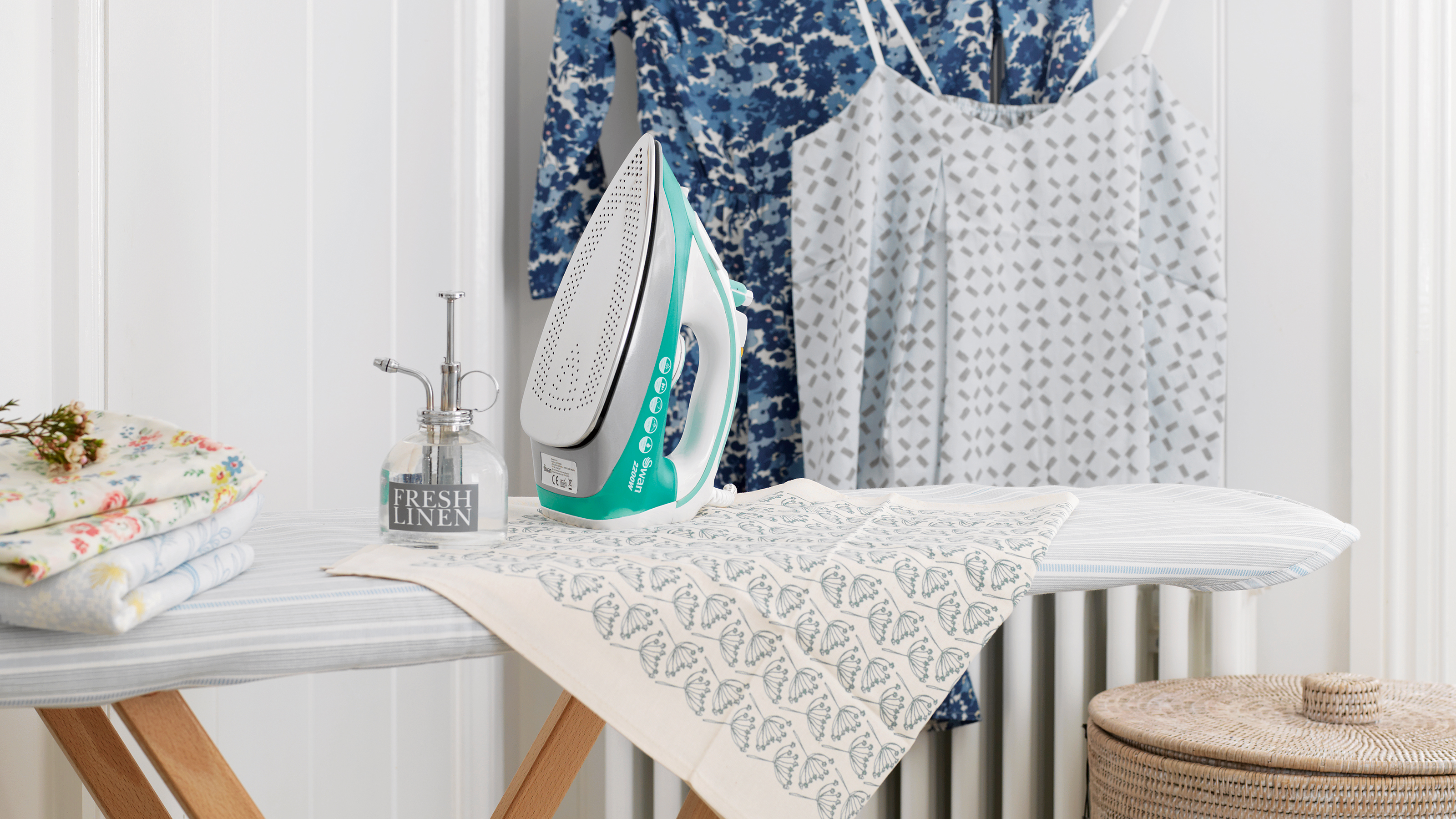
Love it or hate it, ironing is an essential chore that we need to get through, and having the best iron for the job will make banishing creases feel easy. Dry and steam are the two most commonly used irons, but you might be wondering what the difference is - and which you should purchase.
The best steam irons will let you power through your ironing pile, but how do dry irons stand up in comparison? Knowing the key differences between a dry iron vs steam iron will ensure you pick the one that is best suited to your needs.
'If you’re looking to get a new iron, both dry and steam irons are good options,' says Joshua Warren, Iron Expert, AO.com. 'Yet there are key differences that split the two and the convenience you are after.'
Getting clued up on the dry iron vs steam iron debate will help you breeze through your ironing pile as efficiently as possible. Once you know which iron is more suitable for you, all you need is one of the best ironing boards and you'll have the ultimate ironing combo.
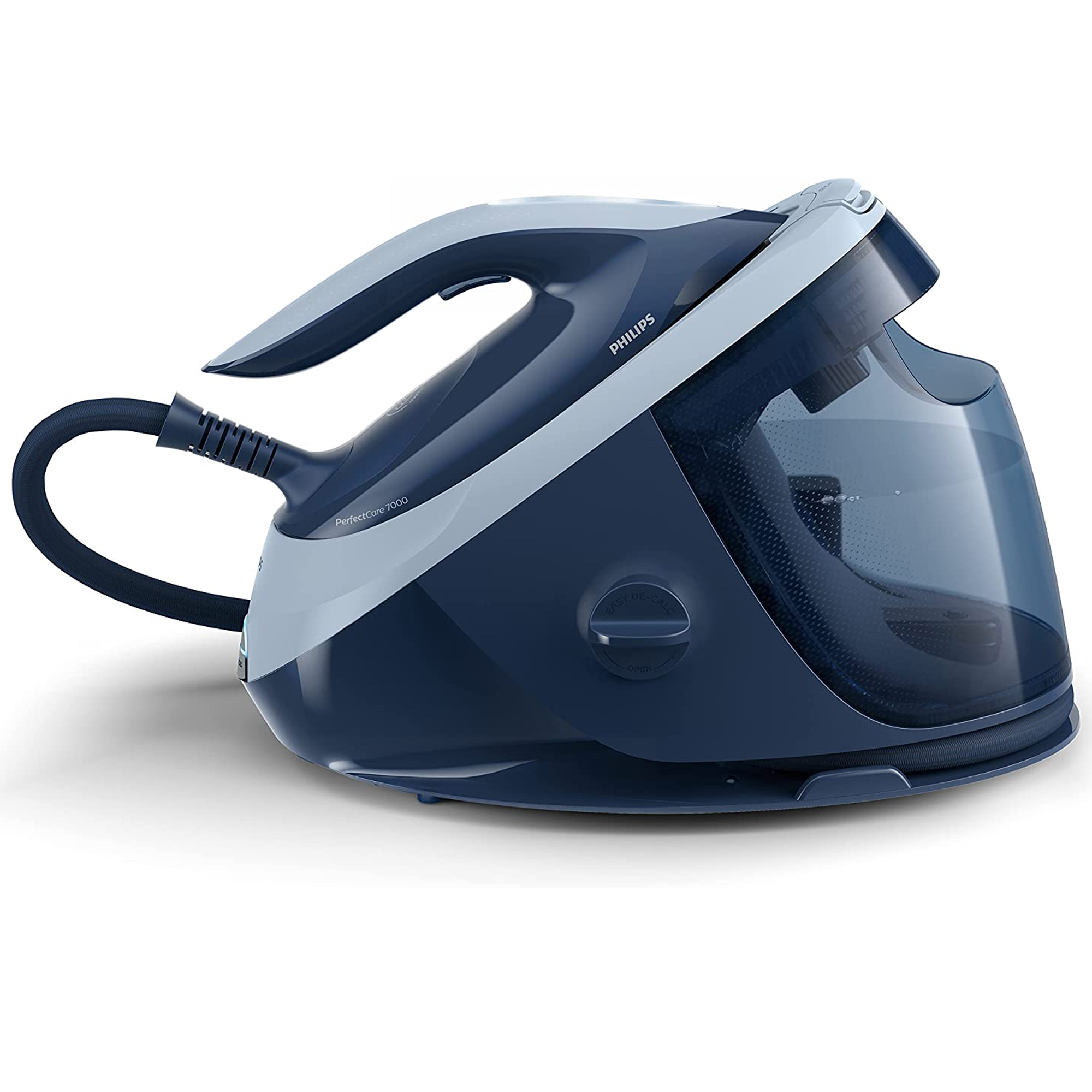
The Philips PerfectCare Steam Generator 7000 is absolute dream to use as it can automatically adjust to whichever fabric you're ironing.
Dry iron vs steam iron: what's the difference?
Just like with a corded vs cordless iron, the key difference between a dry iron vs steam iron is in the names; a dry iron does not produce any steam, whereas a steam iron does. This means that they remove fabrics from clothes slightly differently.
'A dry iron is a simpler design which does not produce steam – instead relying on the heat of the soleplate to remove wrinkles from your clothes,' Joshua says. 'Steam irons differ by utilising a built-in water tank which releases steam through its soleplate, which helps make ironing faster.'
Why should you buy a dry iron?
Dry irons are often much simpler in design, making them more lightweight and easy to use. They don't rely on water to iron fabrics, so they don't need to be refilled like steam irons do.
Sign up to our newsletter for style inspiration, real homes, project and garden advice and shopping know-how
'Dry irons are straightforward, with fewer settings and controls, making them easy to use,' says Gervaise Ovin, Professional Cleaner, Wecasa. 'Since they don't use water, there's no risk of water leakage or mineral buildup, which can sometimes be a common issue with steam irons.'
Dry irons are also a better option for delicate fabrics, such as silk and wool, which can be damaged by water. Professionals will usually choose to use a dry iron over a steam iron for quick touch-ups and light ironing tasks.
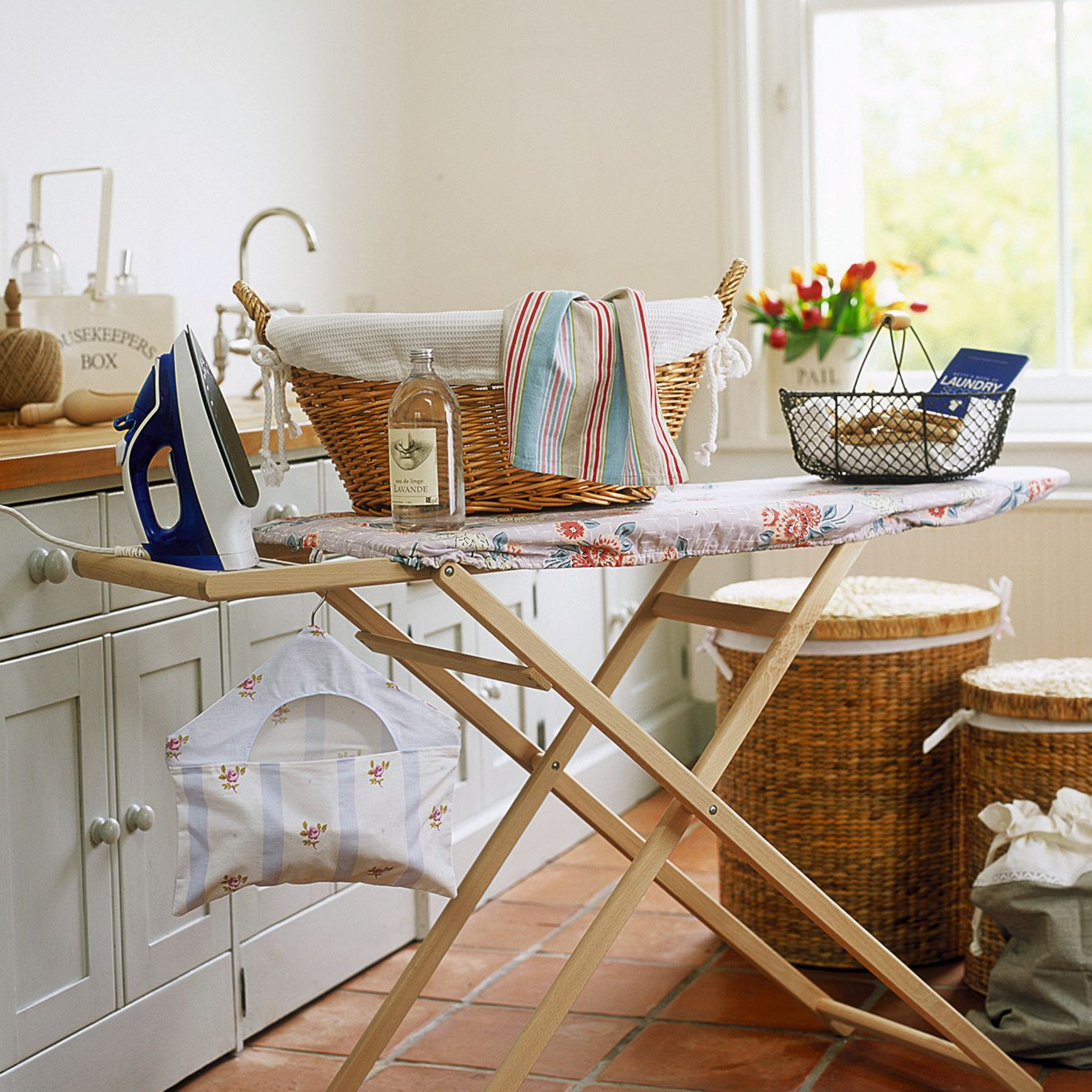
Why should you buy a steam iron?
Steam irons will efficiently remove creases and wrinkles from clothes, so they're usually preferred for heavy-duty ironing tasks. The steam penetrates through thick fabrics like denim and linen, which a dry iron would be unable to work through. Steam irons are also better for getting through larger loads, as dry irons do require a little more patience.
'Steam irons often come with various features such as vertical steaming for hanging garments, burst of steam for stubborn wrinkles, and variable steam settings, which makes it usable for many different tasks and fabrics,' Gervaise explains. 'Steam irons also tend to work faster, making the ironing process quicker and more efficient.'
Plus, some steam irons offer both a steam and dry setting, so you can have the best of both worlds. Aside from being able to remove creases from thicker fabrics, they require less effort than a dry iron thanks to the intense heat of the steam - which is true of the best clothes steamers too.
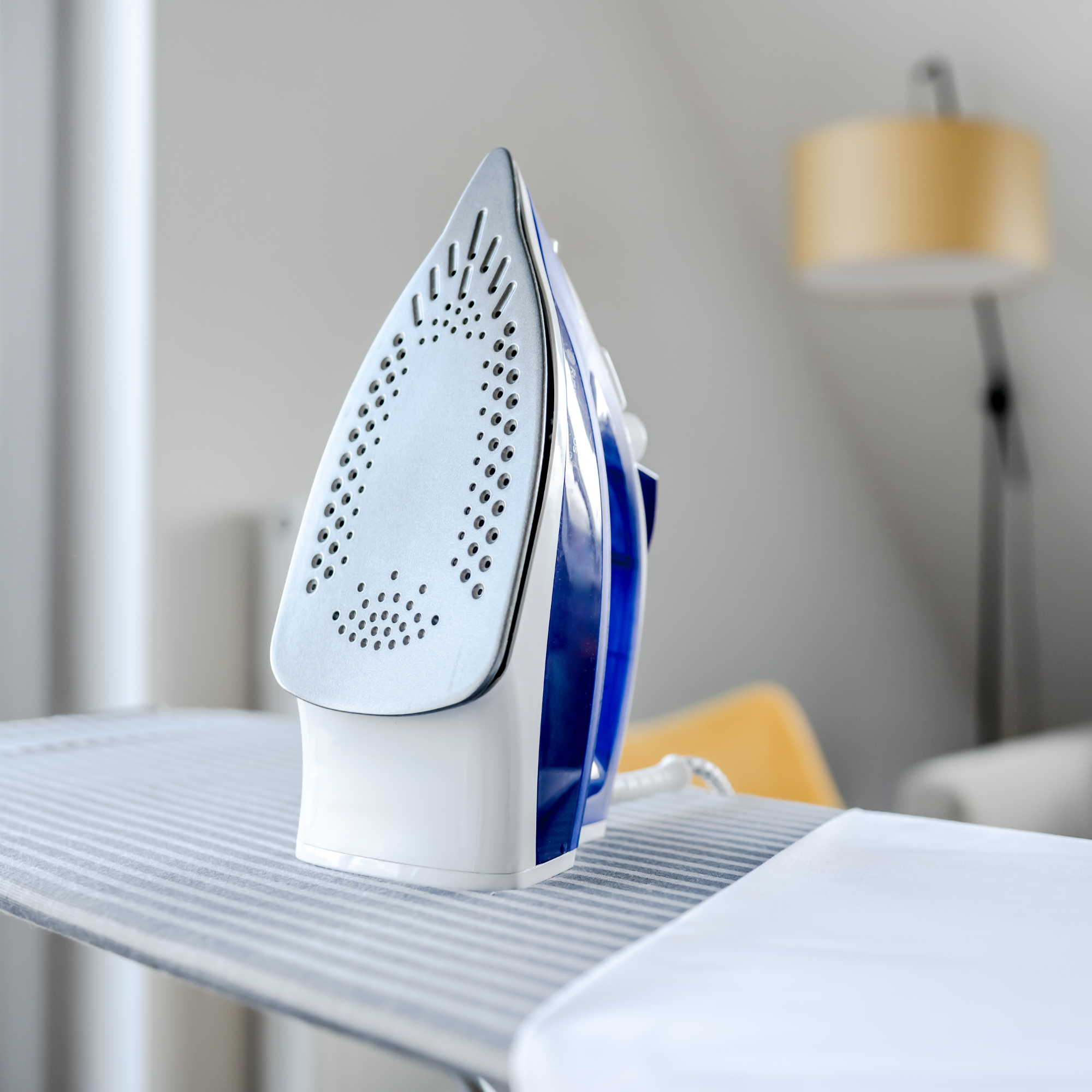
What is the price difference between Dry iron vs steam iron?
From an affordability perspective, dry irons are cheaper than steam irons. This is primarily down to the fact that they are more lightweight and simple in design. Steam irons are typically more expensive because they come with a range of settings and capabilities.
'Dry irons tend to be lighter, making them easier to handle and maneuver,' Gervaise from Wecasa says. 'Generally, dry irons are less expensive than steam irons, making them a budget-friendly option for many.'
Dry irons are rarely priced upwards of £30, so they're great from an affordability perspective. That being said, irons from both categories can be found at a variety of price points. Most dry irons fall in the region of £15 - £30, whereas steam irons can start at around £15, but cost upwards of £100 for more advanced models.
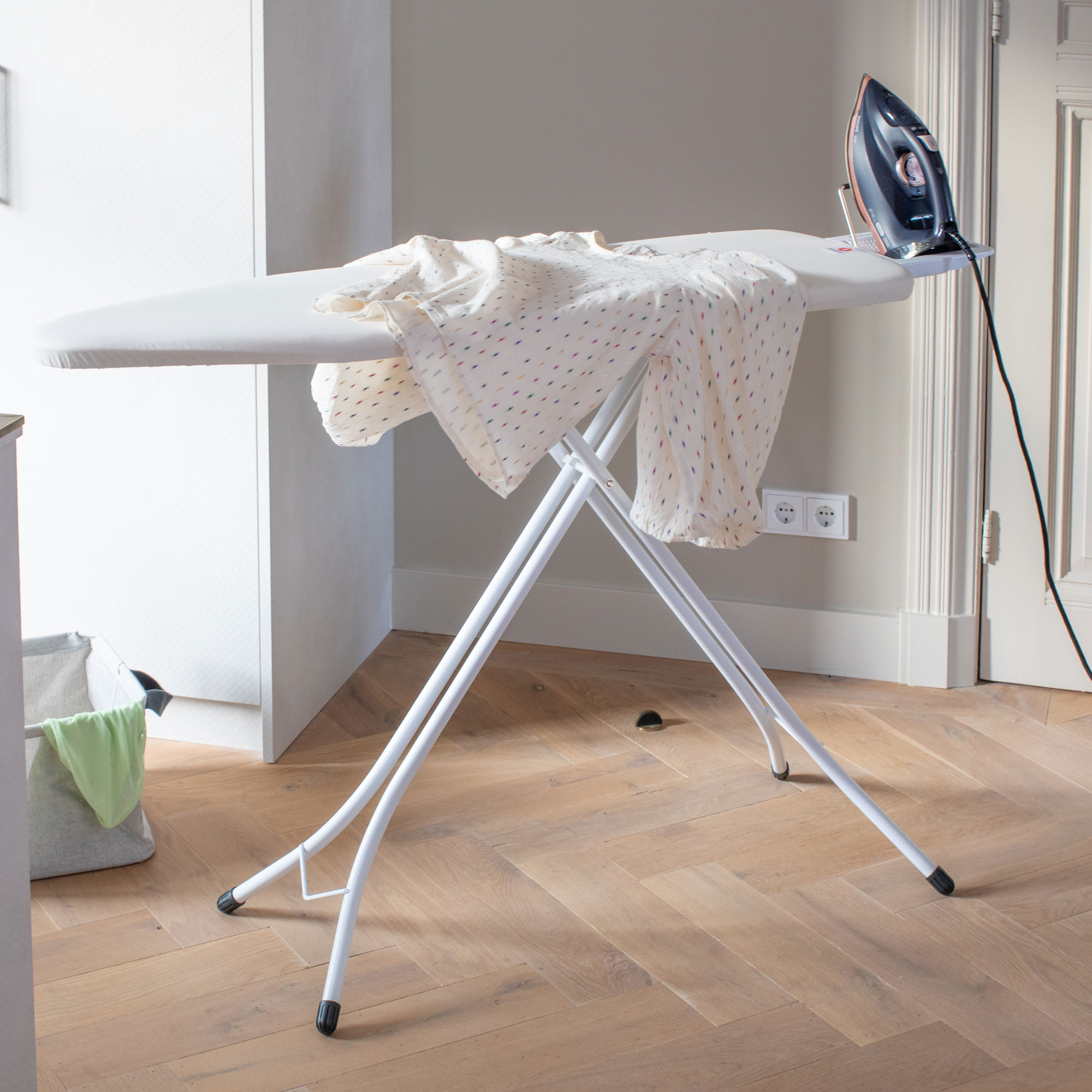
Final verdict
So, which comes out on top in the dry iron vs steam iron debate? Both irons have strengths and weaknesses which make them better for different purposes.
In short, if your ironing pile isn't excessive, and you just want a grab-and-go iron that is easy to use, a dry iron could be all you need. And if you tend to iron delicate fabrics such as silks and cotton, you'll want to steer clear of a steam iron and opt for a dry iron instead, which won't cause any damage to the fabric.
On the other hand, if you need to perform heavy-duty ironing tasks - both in terms of the quantity of the ironing pile and the thickness of the fabrics - a steam iron will be best. A good-quality steam iron will effectively remove creases from clothes, fast - just be aware that they require a little more maintenance than dry irons do to prevent mineral buildup and water leakage.
'For your everyday ironing needs, a dry iron will suit you well as they can be used on all types of fabrics, and they are typically less expensive than a steam alternative,' Joshua from AO.com summarises. 'But if you’re dealing with larger laundry piles, a steam iron may be the more effective choice, as this can deal with loads much faster and proves particularly useful for handling heavier fabrics like cotton and linen.'
Now you know all the essential facts in the dry iron vs steam iron debate, which will you be investing in?

Katie has been writing freelance since early 2022, specialising in all things homes and gardens, following achieving a Masters in Media and Journalism. She started out writing e-commerce content for several of Future’s interior titles, including Real Homes, Gardeningetc, Livingetc, and Homes and Gardens. Since then she’s been a regular contributor on Ideal Home’s digital team, covering news topics, how-to guides, and product reviews.
